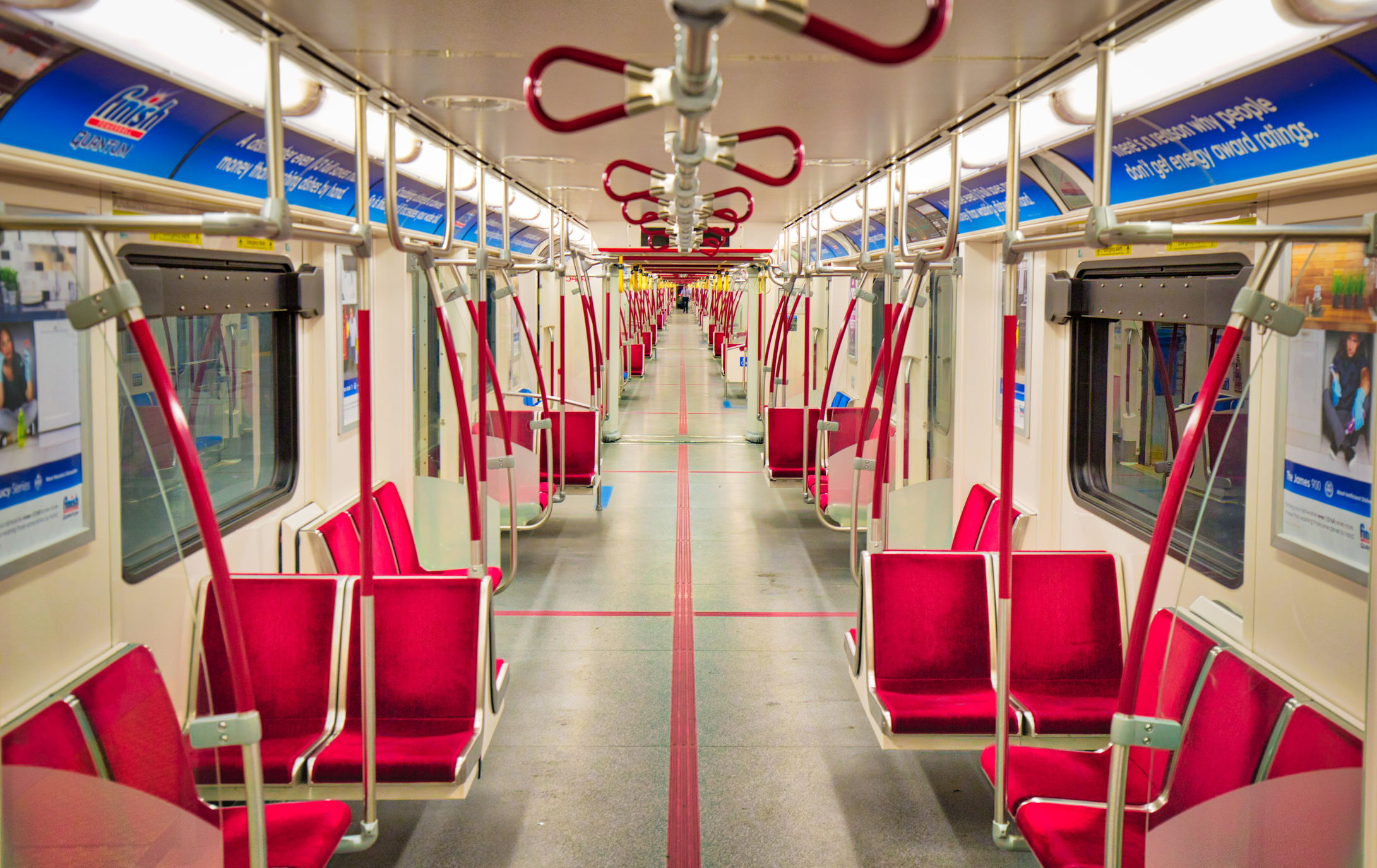While many Torontonians are working from home to help fight the spread of COVID-19, essential workers are helping by going to work every day to keep the city safe and functioning. It’s no surprise that since the start of the pandemic, TTC ridership has fallen by 85 per cent. But even though the number of commuters has declined, the importance of maintaining transit service levels remains high.
For anyone riding public transit during the pandemic, frequent service is critical to preventing overcrowded vehicles. The TTC has taken important actions in this area by adding extra buses to high volume routes, installing barriers to promote physical distancing, providing masks to operators, and switching exclusively to rear door boarding and PRESTO payment.
But with a monthly fare loss of $90 million looming, the TTC has temporarily laid off 1,200 employees and implemented a 15 per cent service reduction affecting more than 120 routes.
As transit service decreases, so too does the ability to practice safe distancing aboard buses, streetcars, and subway trains. And in a city where dependence on public transit is not created equal, certain essential workers will face greater health risks on their commute.
We know that 37 per cent of Toronto residents rely on public transit to access employment and other important services, and that Toronto’s public transit commuters are disproportionately women, recent immigrants, and from low-income and racialized communities.
It’s these same groups who make up a large share of Canada’s essential workforce.
Women represent 90 per cent of nurses and personal support workers and more than two-thirds of those who clean hospitals, schools, and buildings. Recent immigrants also comprise a large share of health care aides and those who carry out janitorial work. Workers in the service, trade, and manufacturing industries earn lower than average wages and are overrepresented by racialized workers, who make up 22 per cent of Canada’s grocery store workforce to 37 per cent of workers in warehousing and storage.
Across major cities in North America, the essential workers who continue to ride public transit during COVID-19 are largely low-income, women, and people of colour, and in most cases, do not have access to another form of transportation. This divide reinforces the role that public transit can play in social exclusion and health inequities for marginalized populations.
The transit service changes we’ve seen in Toronto so far may only be the beginning. While the service reductions and other cost-cutting measures announced by the TTC to date are expected to produce $25 million of monthly savings, this figure is still $65 million short of their monthly revenue loss. Without another source of funding, the TTC will not be able to sustain its current service capacity.
In a news conference last week, Mayor John Tory warned that without support from other levels of government, the City would be forced to cut $575 million from the TTC’s budget, resulting in a 50 per cent service reduction. City Council recently adopted a related motion requesting transit service levels be maintained in support of social equity and physical distancing – and it calls on the federal and provincial governments to provide immediate emergency funding to do so. The TTC workers’ union and transit advocacy groups are making the same plea for operational support.
Financial support for public transit capacity is not only a matter of transportation; it is a matter of health equity. Many essential workers depend on the TTC to carry them to the frontlines of COVID-19, where they risk their own health to support our community. The least we can do is get them there safely.
